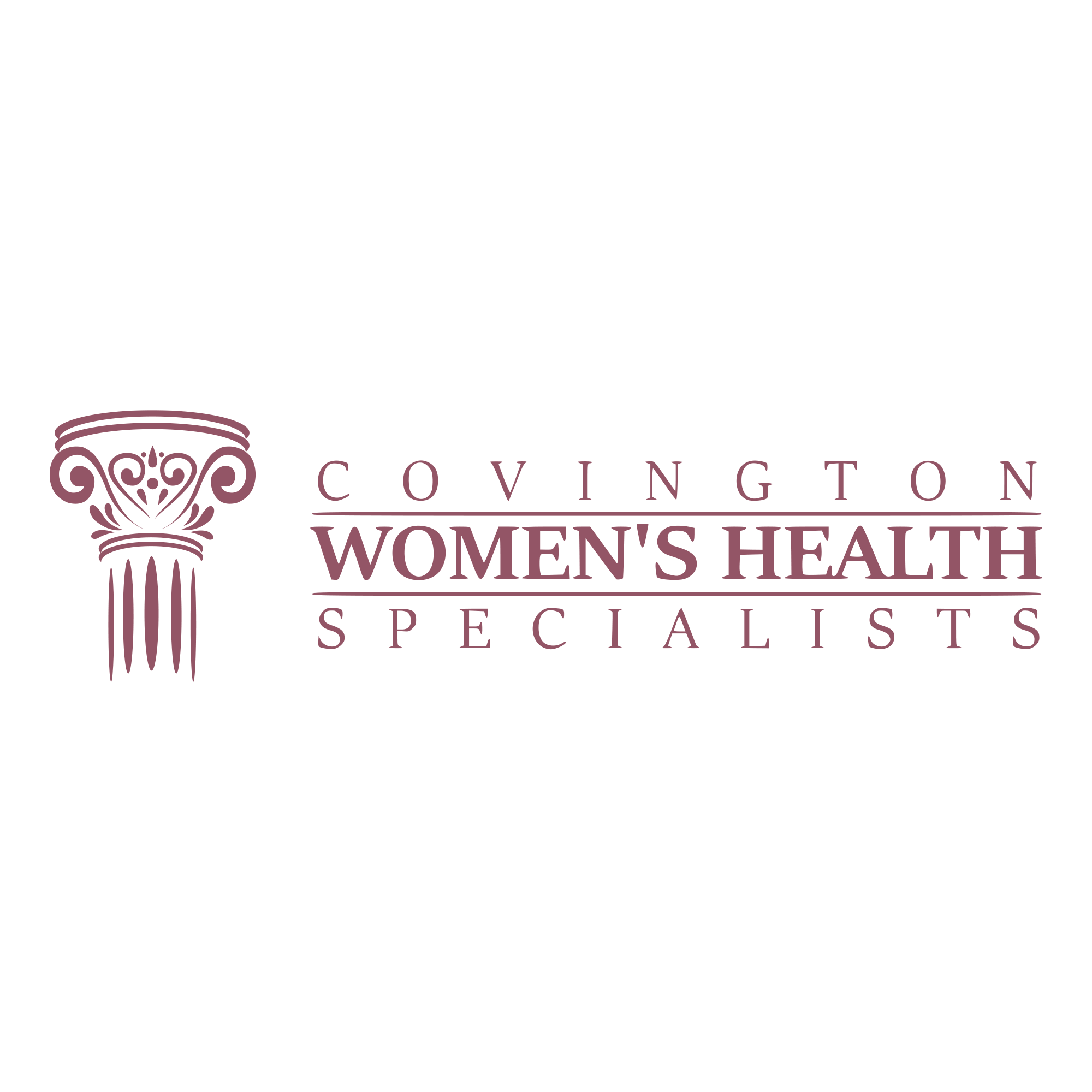How to Give Love to Yourself to Celebrate National Self-Check Month
February is often seen as the month of loving others, but you can love yourself too during National Self-Check Month!
“Through . . . self-checks, and wellness care, people can help reduce the odds of getting ill in the first place,” says Joan Peckolick, the director of Self-Check, “ . . . yet people often find lots of excuses.”
Checking in with our bodies regularly helps us care for them better. Self-checks can help identify any abnormalities—which can then lead to early (and therefore even more effective) treatment.
In all cases, talk to your doctor right away if you find anything that causes concern during one of these basic exams.
Breast Self Awareness
Breast cancer often manifests as new lumps in the breast or armpit, thickening or swelling in one area of the breast, dry flaky patches around the nipple, or dimpling of the breast skin.
You can look for these signs while regularly performing breast self awareness in three steps:
- Stand in front of a mirror, and examine how your breasts and armpits look.
- Lie down, slowly feeling around each breast and armpit with the pads of your fingers.
- Stand in the shower, and glide your fingers over your breasts in a slow, circular motion with the help of soapy water.
Need a screening? Read this first.
Vulvar Self-Exams
Vulvar, or vaginal, self-exams help you identify vaginal sores, warts, abnormal discharge, or other signs of infection.
After washing your hands, sit with your back comfortably supported. Bend your knees, lean backward, and spread your knees apart. This will give you a better angle to use a handheld mirror and a flashlight to examine your body. Examine your labia, clitoris, and discharge, as well as the opening of your urethra, anus, and vagina for any differences.
Skin Self-Exam
You do not need any special equipment to conduct a skin self-exam. You just need a mirror, good lighting, and maybe a loved one who can check your back.
Examine your skin’s moles, blemishes, and scars for changes in color, shape, or thickness. Use a handheld mirror to see the back of your thighs, shoulders, scalp, and neck. Be mindful of new blemishes, growths, bumps, areas of redness, or scaly patches, as well.
When checking your skin for melanoma, be sure to keep in mind your ABCDEs:
- Asymmetry
- Border
- Color
- Diameter
- Evolving
Be sure to check out this guide from the American Academy of Dermatology Association for visual examples of all the ABCDEs of Melanoma.
Tracking Your Period
Tracking your period lets you know when to expect your period and any PMS, as well as when you are ovulating. But irregular periods may also be a sign of underlying health issues, which is why tracking is helpful. Note when your period starts, your flow level, the pain of your cramps, as well as any other premenstrual symptoms.
Tracking Your Sleep Cycle
Getting quality sleep is crucial to women’s health, as it affects your immune system, growth hormones, stress, appetite, and heart. Many people use wearable technology like a Fitbit to track their sleep, but simply noting in a journal what time you fall asleep and wake up, and the quality of your sleep during the night is also effective. With this information, you can explore ways to get better sleep with your doctor.
Make it fun!
These self-checks do not have to be a chore. Schedule time out for yourself, light a candle, play some music you enjoy, and make it a purposeful time for self-care. This will not only help you enjoy the experience, but it can also help you relax — which can lower your anxiety, heart rate, blood pressure, and improve your overall health.
Covington Women’s Health Specialists can provide you with all the information you need to conduct self-checks, as well as assist with any necessary follow-ups afterward. Schedule an appointment online or call us at (770) 385-8954.








